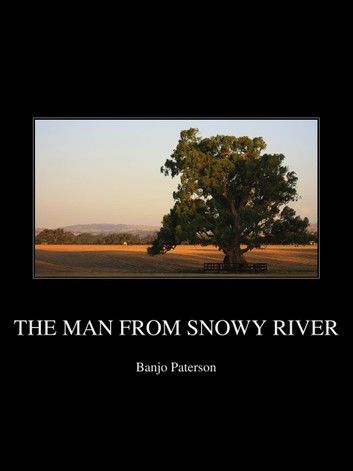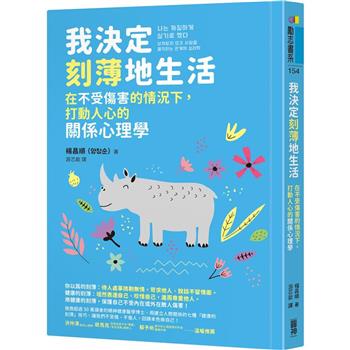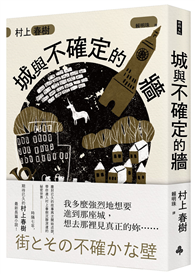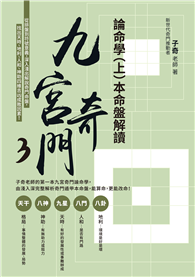"The Man from Snowy River" is a poem by Australian bush poet Banjo Paterson. It was first published in The Bulletin, an Australian news magazine, on 26 April 1890, and was published by Angus & Robertson in October 1895, with other poems by Paterson, in The Man from Snowy River and Other Verses. The poem tells the story of a horseback pursuit to recapture the colt of a prizewinning racehorse that escaped from its paddock and is living with the brumbies (wild horses) of the mountain ranges. Eventually the brumbies descend a seemingly impassably steep slope, at which point the assembled riders give up the pursuit, except the young protagonist, who spurs his "pony" (small horse) down the "terrible descent" and catches the mob. Two characters mentioned in the early part of the poem are featured in previous Paterson poems; "Clancy of the Overflow" and Harrison from "Old Pardon, Son of Reprieve". It is recorded in the selected works of "Banjo" Paterson that the location of the ride fictionalised in the poem was in the region of today's Burrinjuck Dam, north-west of Canberra in Australian Capital Territory. Paterson had helped round up brumbies as a child and later owned property in this region. The Snowy River, from where "the Man" comes, has its headwaters in the Snowy Mountains, the highest section of the Great Dividing Range near the easternmost part of the border between New South Wales and Victoria. The ride does not take place in the Snowy River region because, within the poem, Clancy describes to the other men the country from where "the man from Snowy River" comes. Corryong, a small town on the western side of the range, claims stockman Jack Riley (1841-1914) as the inspiration for the character, and like many other towns in the region uses the image of the character as part of the marketing to tourists. Riley was a hermit stockman employed by John Pearce of Greg Station at Corryong to run cattle at "Tom Groggin" 60 km upriver from Khancoban, New South Wales. Paterson is said (by Corryong legend) to have met Riley on at least two occasions. The inspiration for "The Man" was claimed by Banjo himself to be not one person but a number of people, one of which was Owen Cummins. Cummins was born in Dargo and was well known for being a great horseman. He worked around the area before making his way up to Wave Hill, Northern Territory, where a monument has been erected to reflect his role in inspiring the poem. There is a possibility that another exceptional and fearless rider, Charlie McKeahnie, might have been the inspiration for the poem. In 1885, when McKeahnie was only 17 years of age, he performed a dangerous riding feat in the Snowy River region.Historian Neville Locker supports this theory, adding that a prior poem had been written about McKeahnie by bush poet Barcroft Boake and that the story had been recounted by a Mrs Hassle to a crowd that included Paterson. Locker also offers as evidence a letter by McKeahnie's sister that discusses the ride and Paterson's hearing of the ride. McKeahnie was killed in a riding accident near Bredbo in 1895 and is buried in the Old Adaminaby cemetery, on the shores of Lake Eucumbene. The poem was written at a time in the 1880s and 1890s when Australia was developing a distinct identity as a nation. Though Australia was still a set of independent colonies under the final authority of Britain, and had not yet trod the path of nationhood, there was a distinct feeling that Australians needed to be united and become as one. Australians from all walks of life, be they from the country or the city (Clancy of the Overflow), looked to the bush for their mythology and heroic characters. They saw in the Man from Snowy River a hero whose bravery, adaptability and risk-taking could epitomise a new nation in the south. This new nation emerged as the Commonwealth of Australia in 1901.










